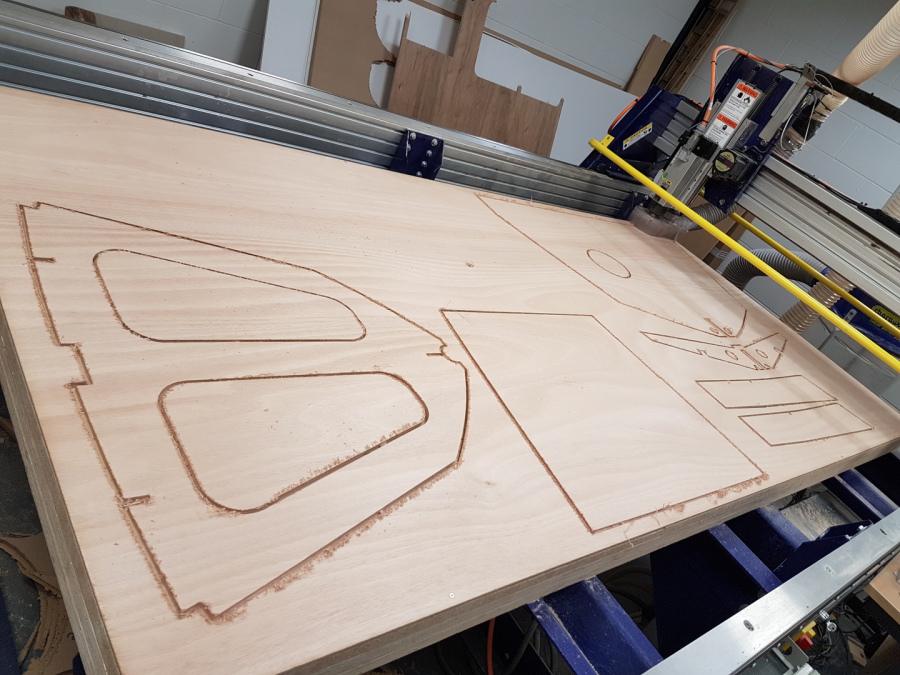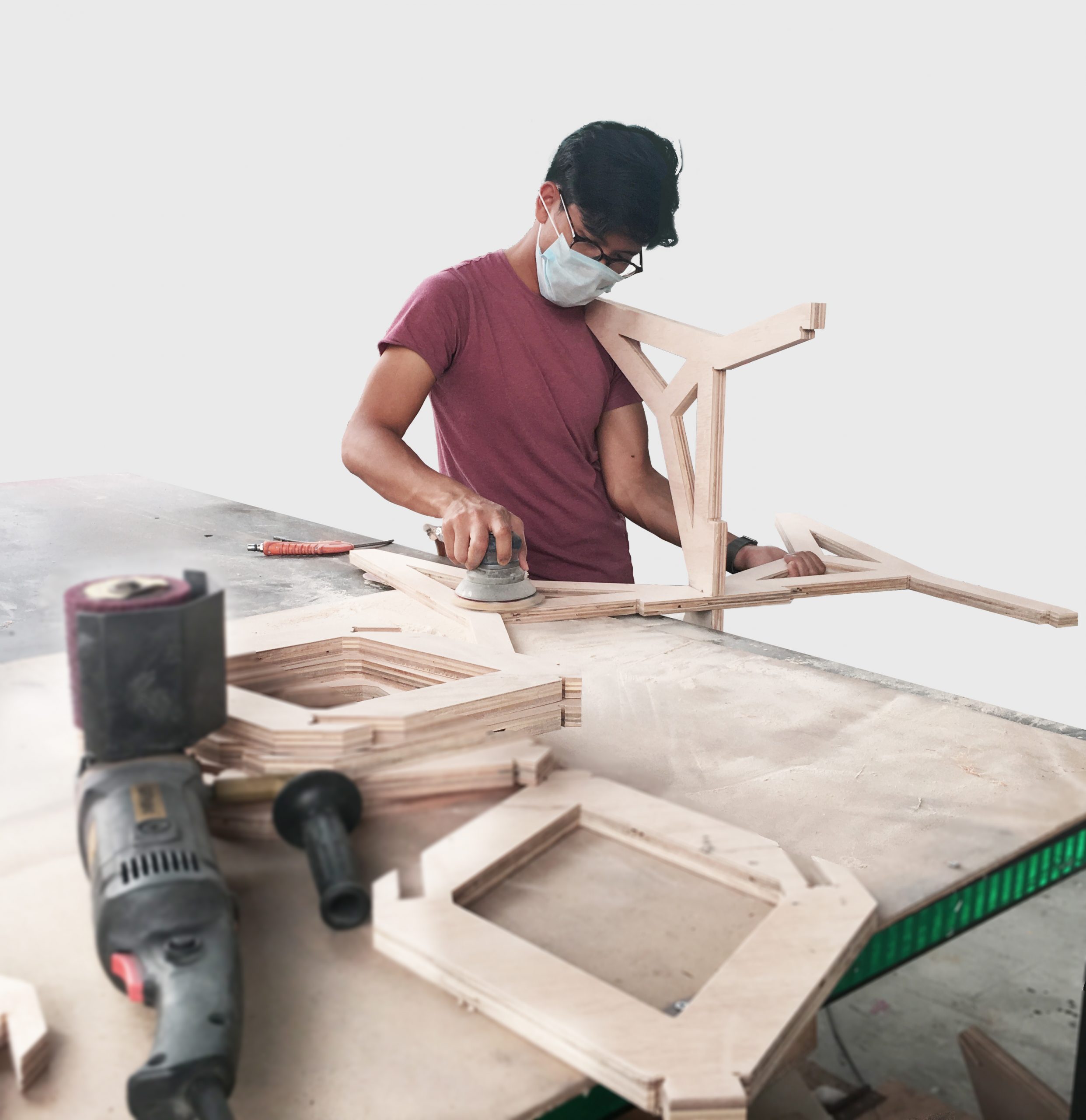Digital fabrication is a type of manufacturing process where the machine used is controlled by a computer. The most common forms of digital fabrication are: CNC Machining: where, typically, shapes are cut out of wooden sheets.
Digital manufacturing is a brand-new type of business which uses computer controlled tools to flip electronic layouts into useful physical objects. Samples of electronic manufacturing technology comprise the Multimachine – an open resource mill drill lathe. Together with computer numerical control of the workpiece table, it turns into an electronic fabrication apparatus able to earn metal bits of any random shape from forks to fenders and out of ballbearings into Bunsen burners. The only limitation being human imagination as well as the layouts out there from the Open Hardware Repository. The goal of this Open Ecology movement would be to catalyse the brand new electronic industrial revolution and also help make what we call Industry 4.0.
This has consequences that nobody has expected, but some attributes are apparent. Digital fabrication is flexible. This enables for a single machine to match many functions and reduces resources and space. Flexibility makes it more worthwhile to spend in your own fabrication tools, just industrialists would invest in a tool which produces precisely the exact same thing over and over, but a tool which may respond to your requirements is a tool worth having in your house. Digital fabrication is decentralized. Fundamentally, the goods travel most within their travel at moderate speed as digitally stored information. Design is global, instantiation is local.

Digital fabrication is affordable. When someone has manufacture machines, they can make a vehicle, a mobile phone, agricultural equipment or anything in the expense of raw materials. The standard industrial supply chain greatly inflates the price of manufactured goods. Digital fabrication, by empowering individuals to manufacture their very own wealth in their backyard, cuts out all those extra costs and reduces the cost to just energy plus info plus raw materials. Energy comes free of the sun and info comes free of The Internet, therefore the only cost is raw materials. Digital fabrication is customizable. The Web is revolutionizing media and info services due to the ease with which users can generate their very own content.
The old media were usually 1 way stations that made it effortless to be a consumer of info and difficult becoming a producer. But with blogs, out-of the box web sites, wikis and so forth, everyone can now broadcast information. Digital manufacturing represents the same revolution of consumer generated content being attracted to physical products like electronics. With digital manufacturing, anyone can generate their very own phone, their very own computer, their very own mp3 player or alarm clock. They could express their creativity in their products, as opposed to having to purchase mass produced ones. Digital fabrication empowers the poor. Housing, medical equipment, agricultural equipment, electronic equipment – let us assume that it’d be a good thing to provide poor people with these things.
How are we to do it? You could say there are two ways: One is to produce the goods in richer places and ship them over and the other is to manufacture them on site where they’re needed.

